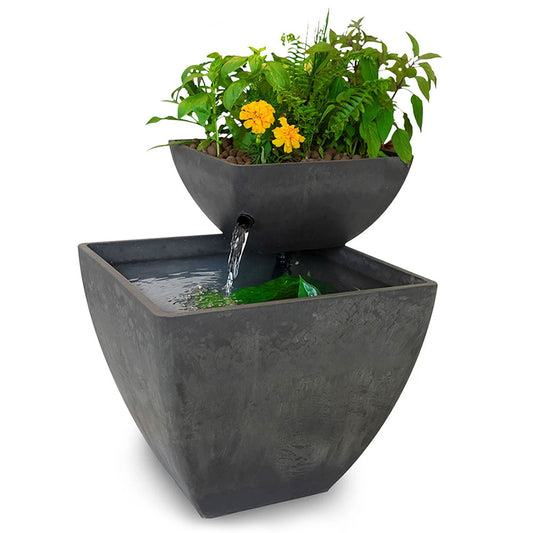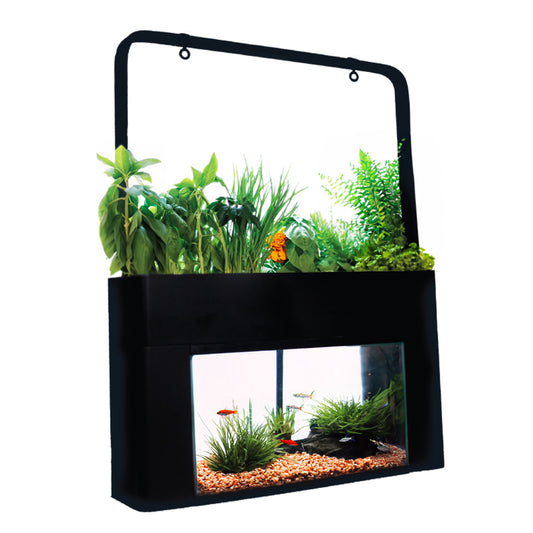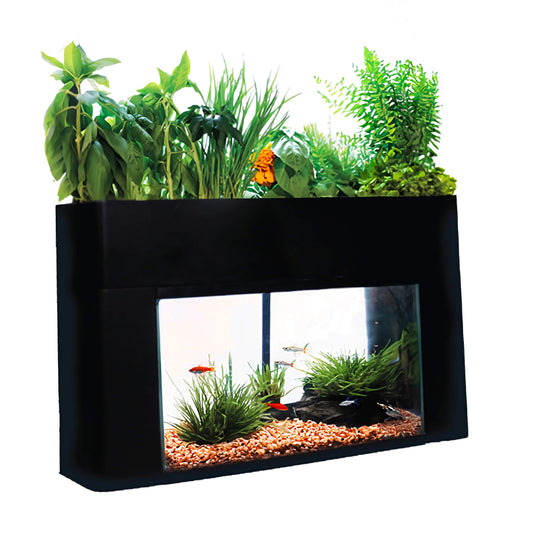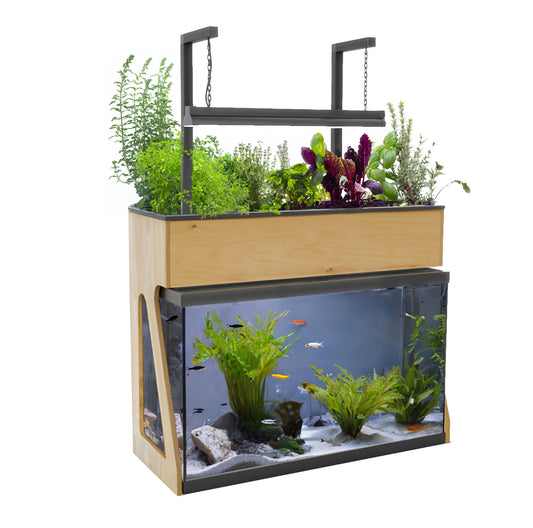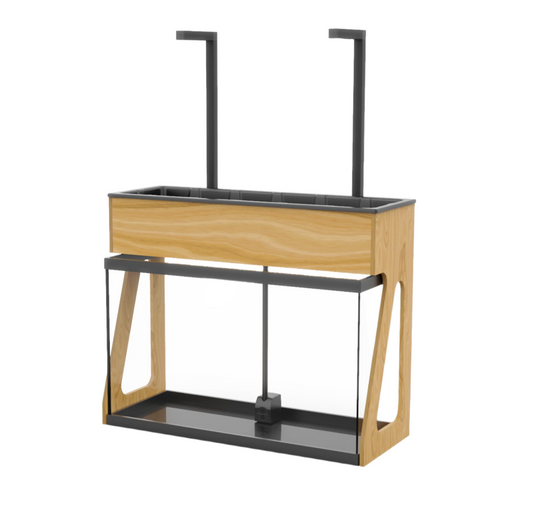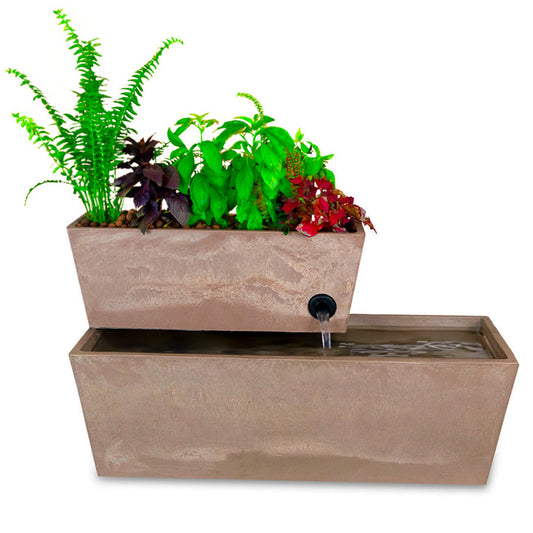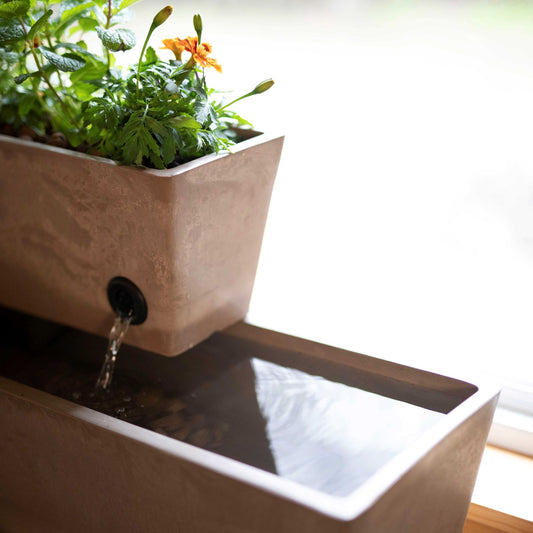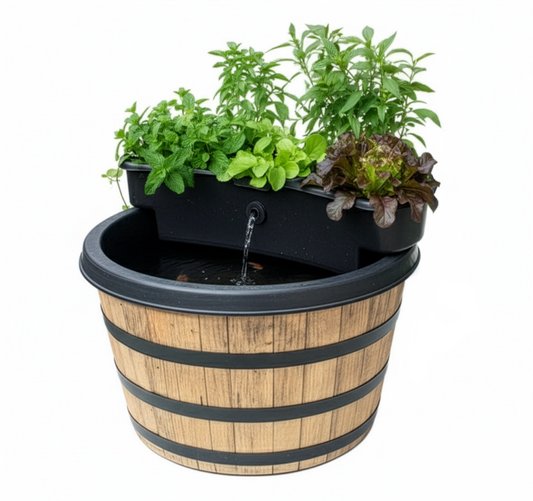Unlock the Power of Aquaponics: Transforming Science Education with Fast Plants®
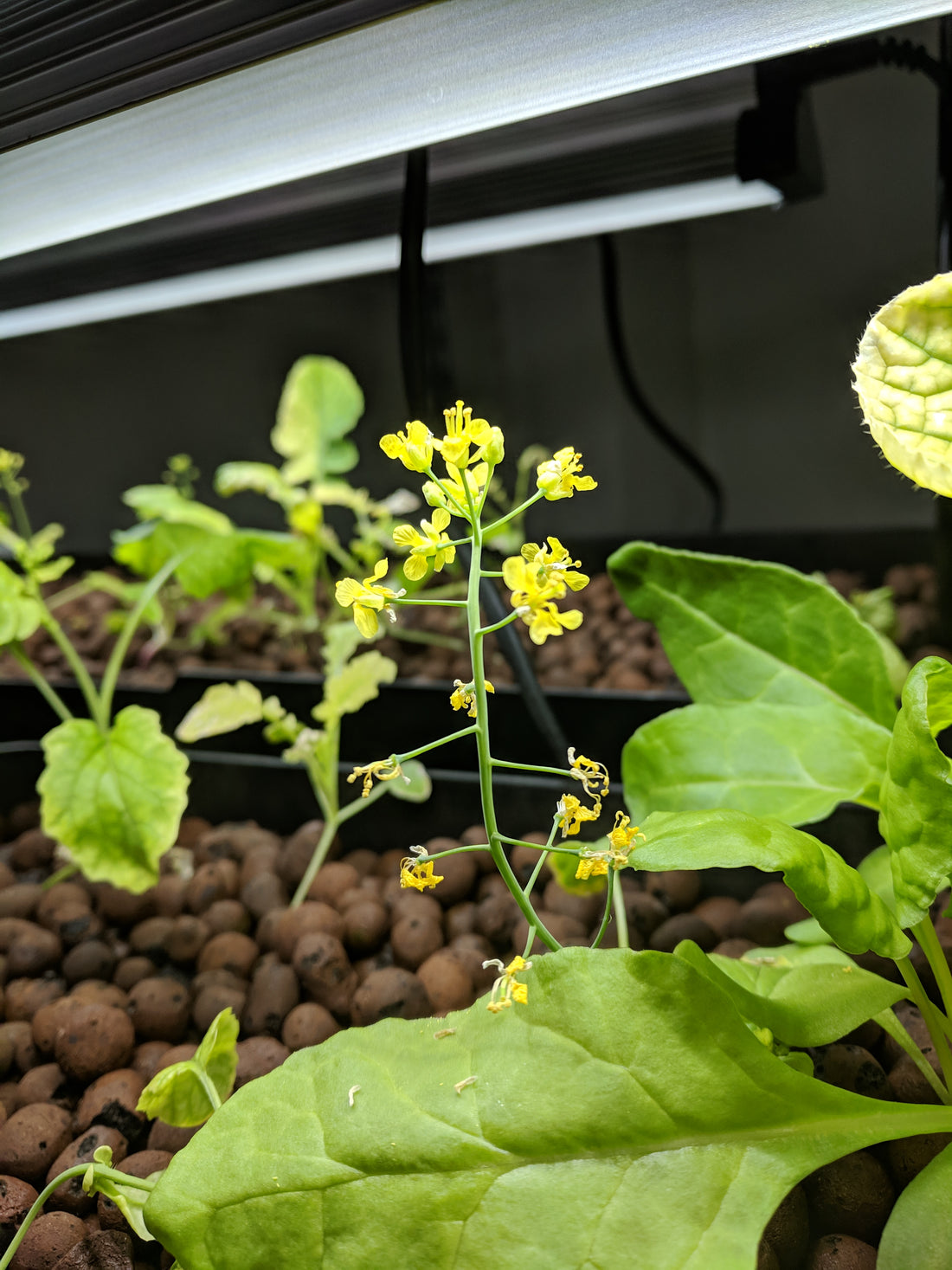

Teachers have a unique opportunity to revolutionize science education by integrating Wisconsin Fast Plants® with aquaponics/hydroponics systems like the AquaSprouts Garden. This dynamic combination not only surpasses traditional wicking cups but also introduces a sustainable approach to science education that leverages reusable growing mediums for plant support. Here's why this innovative method is transformative:
Experience the Growth Cycle – Beyond Observation
Using this reusable growing medium, students interact directly with the plants, engaging with the tactile materials and observing root development up close. This immersive experience deepens their understanding of plant anatomy and physiology, turning passive observation into a hands-on, multi-sensory journey.
Sustainability in the Classroom
One significant advantage of using clay pebbles as a growing medium in aquaponics/hydroponics systems is its reusability, contrasting sharply with the single-use nature of plastic wicking cups. These materials can be cleaned and sterilized at the end of each growing cycle, then reused year after year, reducing plastic waste and fostering a culture of sustainability among students.
Seed Planting Flexibility – Maximizing Growth Opportunities
An added benefit of the AquaSprouts system is the flexibility in seed planting. Teachers and students can easily extract seeds from seed discs and place them directly among the medium, or they can opt to bury the entire disc under a thin layer and hand water until the plants' root systems become established. This method offers an insightful look into the early stages of plant development.
Discover How Plants Thrive – and Ecosystems Work
The aquaponics system vividly illustrates the nutrient cycle, from fish waste to plant nourishment, facilitated by beneficial bacteria. This model not only demonstrates resource efficiency but also emphasizes the interconnectedness of ecosystems, providing a live example of ecological balance.
Develop Problem-Solving & Critical Thinking – With Real Impact
Faced with plant health challenges, students apply scientific principles to real-life situations, enhancing their problem-solving and critical thinking skills. This active involvement in the scientific method through experimentation and adjustment teaches invaluable lessons in perseverance and innovation.
Spark Curiosity & Innovation – Designing the Future of Food
By experimenting with planting patterns, nutrient mixes, and more within an aquaponics system, students embrace roles as agricultural pioneers. This empowerment fosters a forward-thinking mindset, crucial for addressing future food production challenges sustainably.
The Versatility of Aquaponics – From Classroom to World
Exploring different plant species and hydroponic principles, students uncover the vast potential of aquaponics beyond educational settings, touching on global food security issues. This adaptability ensures the lessons learned extend far beyond the classroom walls, offering insights into real-world applications.
The Power of Combining Fast Plants and Aquaponics
Integrating Fast Plants with aquaponics provides an unmatched educational experience that promotes hands-on learning, scientific inquiry, and environmental awareness. It prepares a generation of students to become curious, problem-solving, environmentally conscious individuals ready to face and solve the challenges of the future.
By moving beyond traditional methods like the wicking cup and embracing the sustainability and versatility of aquaponics with reusable growing mediums, educators can significantly impact science education, fostering a deep respect for natural cycles and the importance of sustainable practices. Isn't it time to embrace this powerful teaching tool in your classroom?

